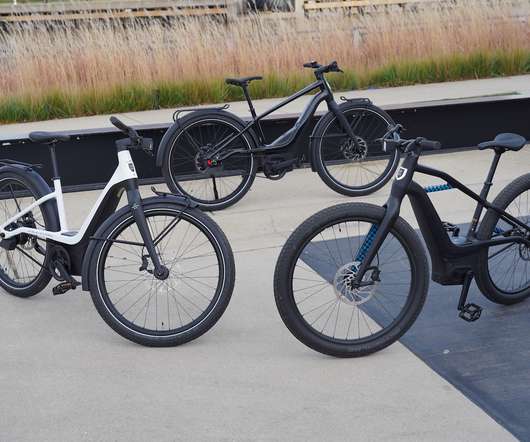Purdue team uses pollen grains as basis for carbon architectures for Li-ion anodes
Green Car Congress
FEBRUARY 8, 2016
A team at Purdue University has used pollens as the basis for carbon architectures for anodes in energy storage devices. Currently, Li-ion batteries generally use graphite as the anode material, with a theoretical capacity of 372 mAh/g and excellent capacity retention over extended cycling.
































Let's personalize your content